Location: GUIs >
Graphical User Interface Timeline
<< Previous Page | 1 | 2 | 3 | 4 | Next Page >>
Graphical User Interface Timeline
This timeline lists all of the graphical user interface environments
that I have been able to find information about through my own research
and on the Internet. I want to be as historically accurate as I can, however
due to limited available information there may be some mistakes. See my
notes section at the end for known inaccuracies. If you see an error and
have additional information about it please e-mail
me.
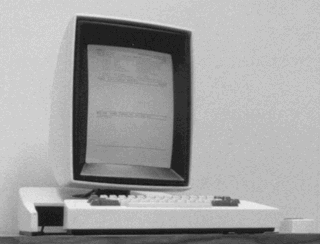 |
April 1973, the first operational Alto computer
is completed at Xerox PARC.
The Alto is the first system to pull together all of the elements of
the modern Graphical User Interface.
Features:
3-button mouse.
Bit-mapped display.
The use of graphical windows.
Ethernet network.
More Info... Links... |
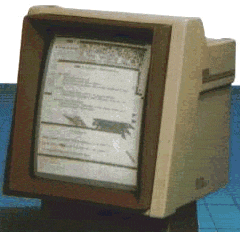
|
1980: Three Rivers Computer Corporation introduces
the Perq graphical workstation.
More Info... Links... |
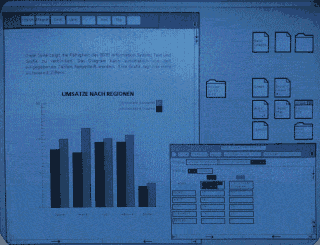 |
1981 June: Xerox introduces the Star, the commercial successor
to the Alto.
Notable features:
Double-clickable icons, overlapping windows, dialog boxes and a 1024*768
monochrome display.
More Info... Links...
|
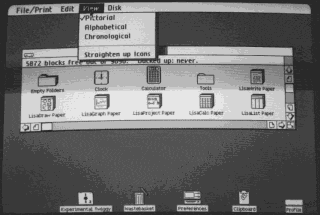 |
1983 January: Apple introduces the Lisa.
Notable features:
Pull down menus and menu bars.
More Info... Links...
|

|
Visi Corp releases Visi On, the first integrated graphical software
environment for IBM PCs.
More Info... Links... |
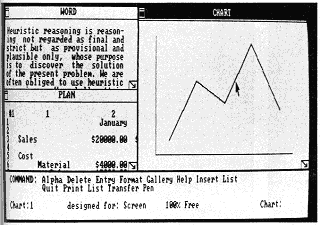 |
Microsoft announces their new "Windows" program for the
IBM PC but does not release it until 1985.
Notable features:
Is supposed to have overlapping / resizable windows.
More Info... Links...
|
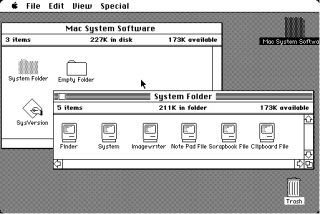 |
January 1984: Apple introduces the Macintosh.
More Info... Links... |
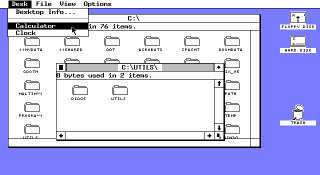 |
September: Digital Research announces its GEM icon/desktop
user interface for 8086- and DOS-based computers. It also was later ported
to the Atari ST.
More Info... Links... |
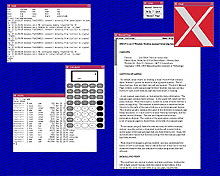
|
June: "window system X" announced at MIT.
Versions 1-6 were monochrome only, and ran on DEC VS100's displays
connected to VAXen and VAXstations 1 and 2.
Versions 8-10 dealt with color, for the VAXstation II/GPX. X10 is the
first version that saw widespread availability and use on many vendor's
systems.
Version 11 was redesign for higher performance, more window management
styles, extensibility and better graphics capability
More Info... Links... |
<< Previous Page | 1 | 2 | 3 | 4 | Next Page >>
| 







